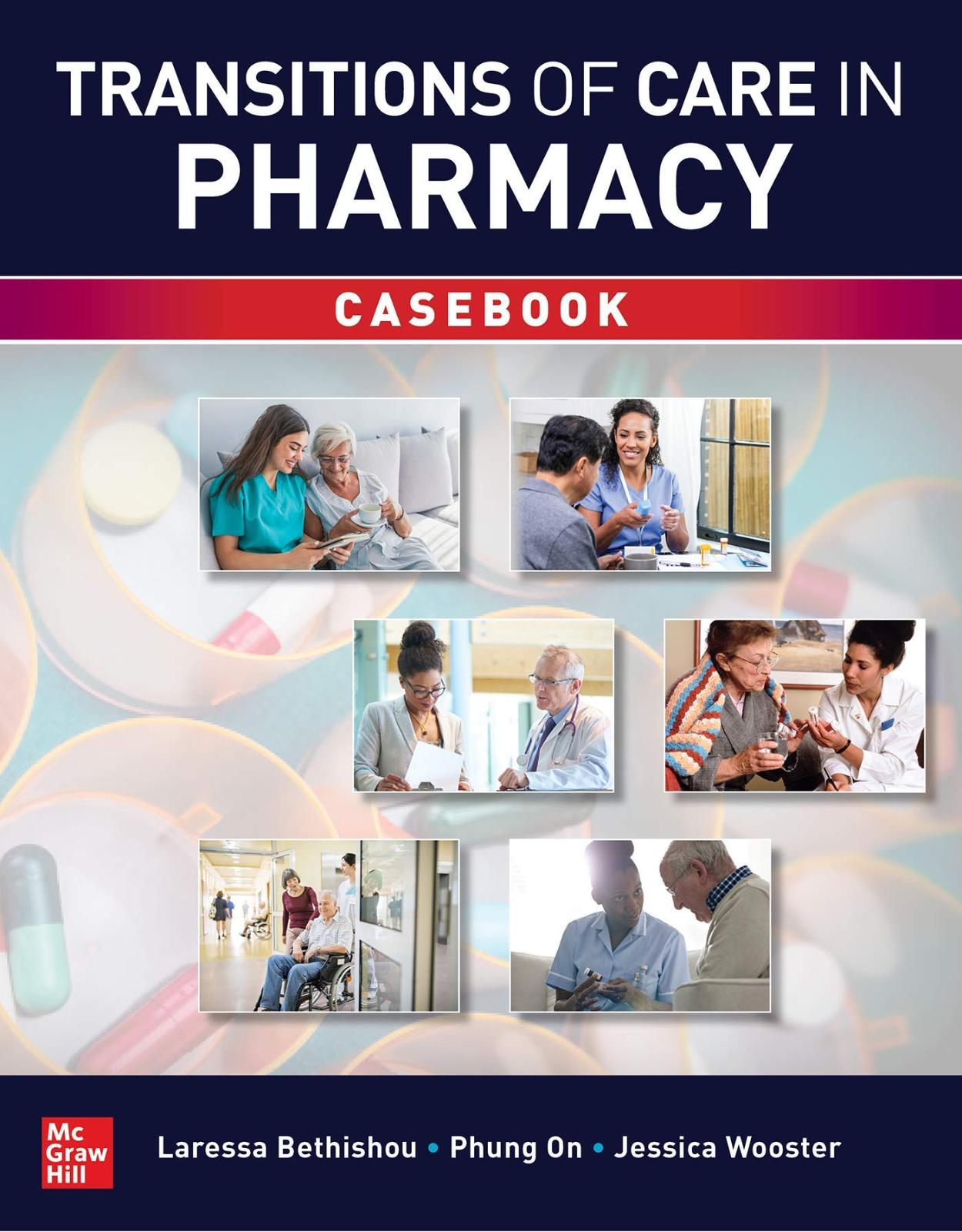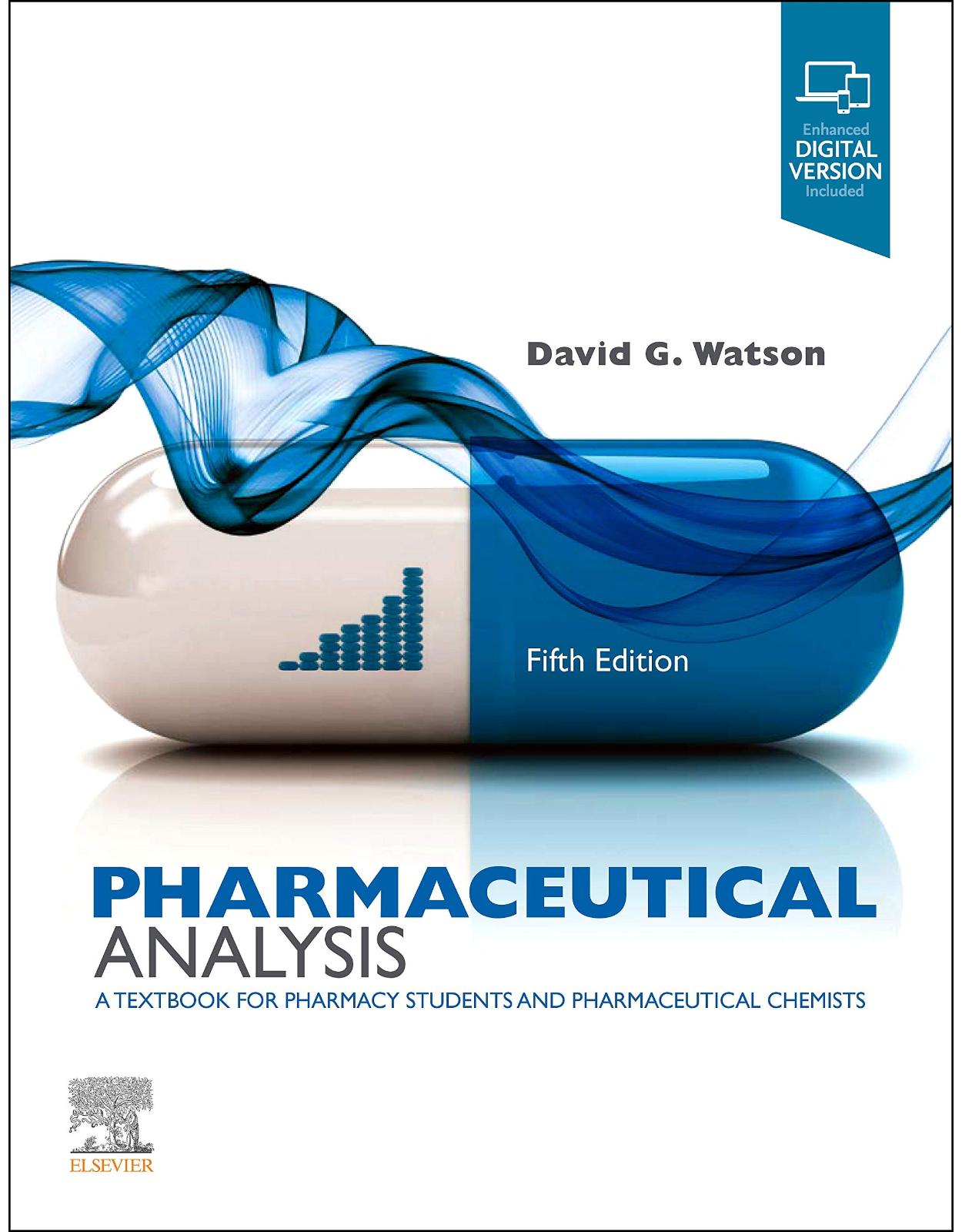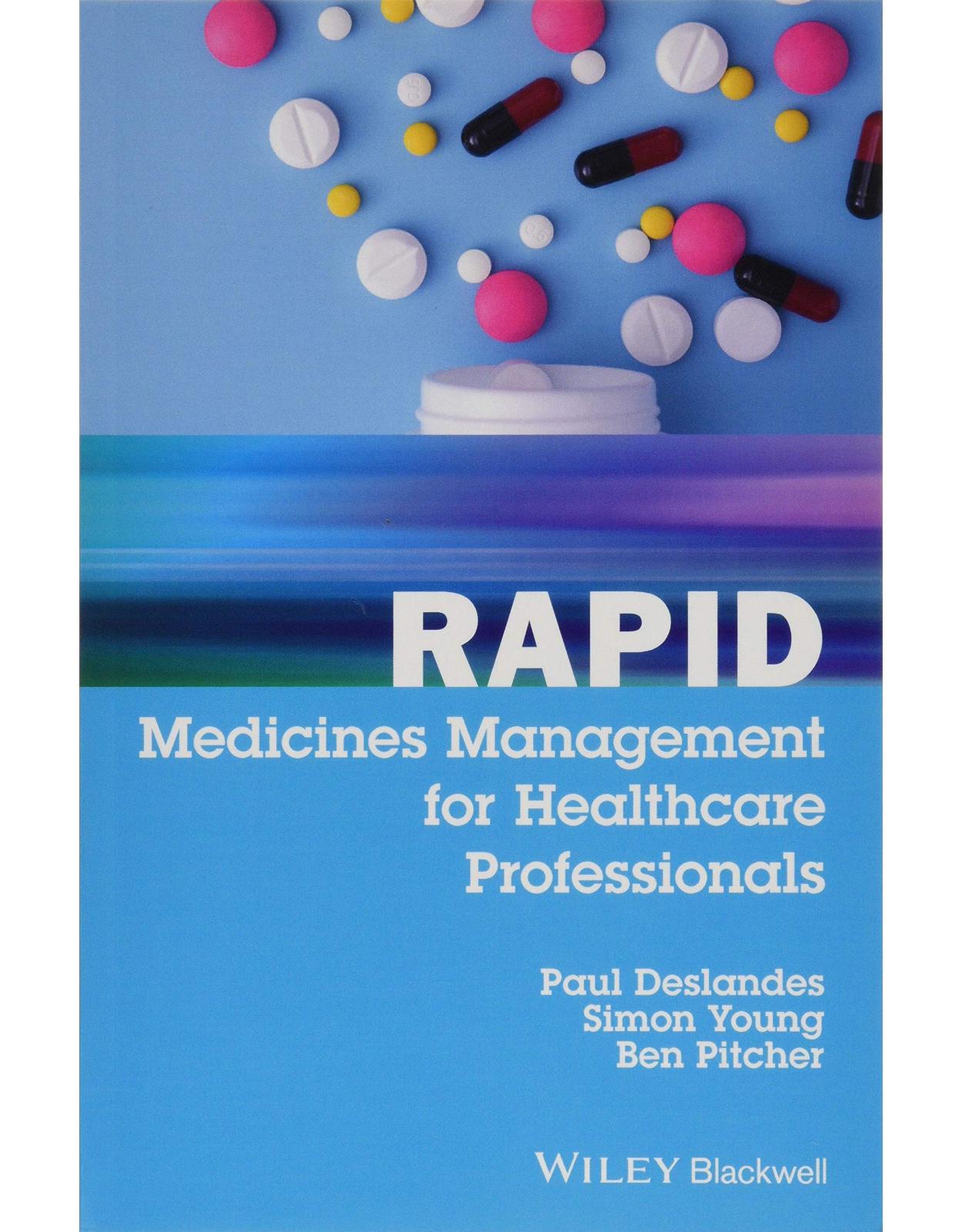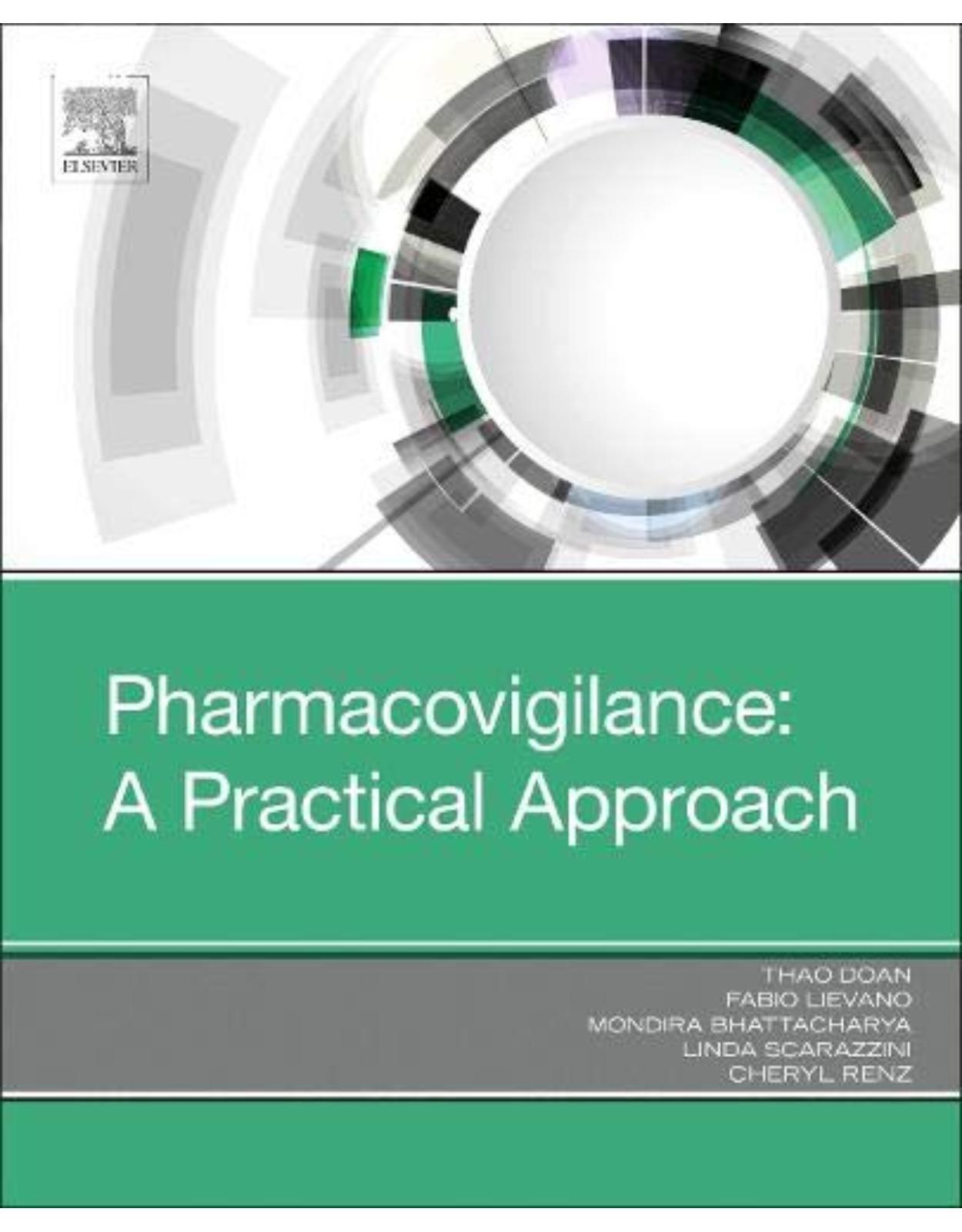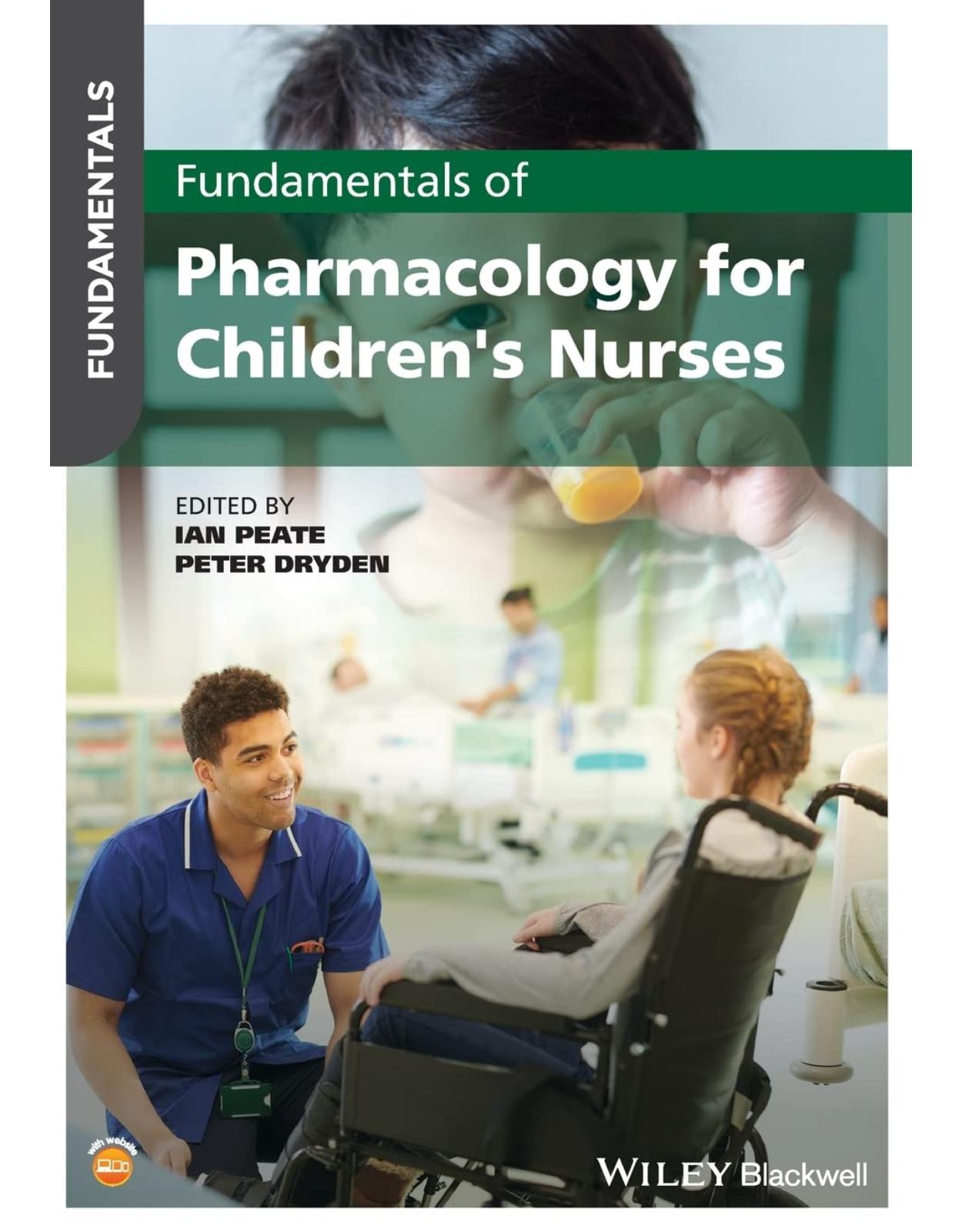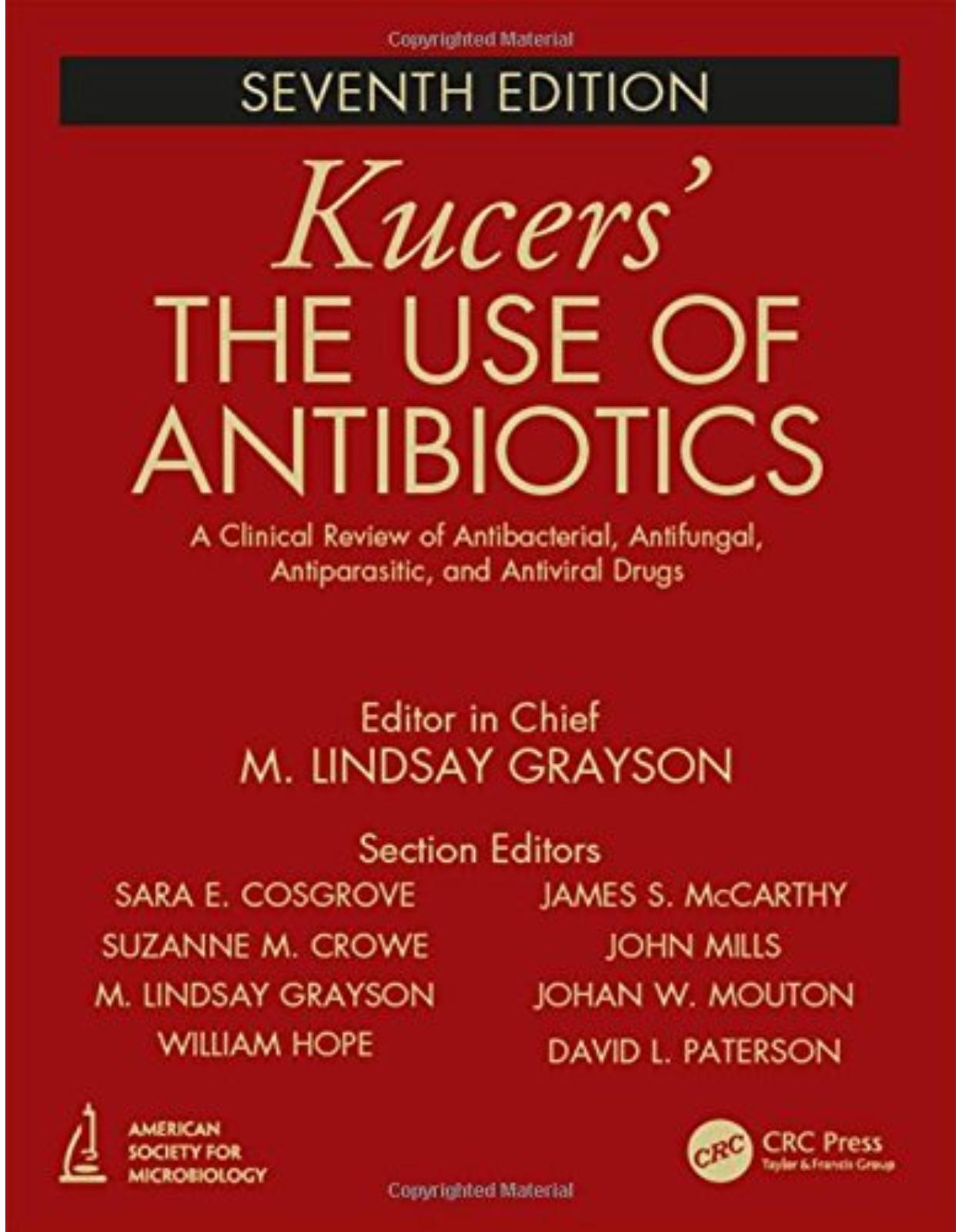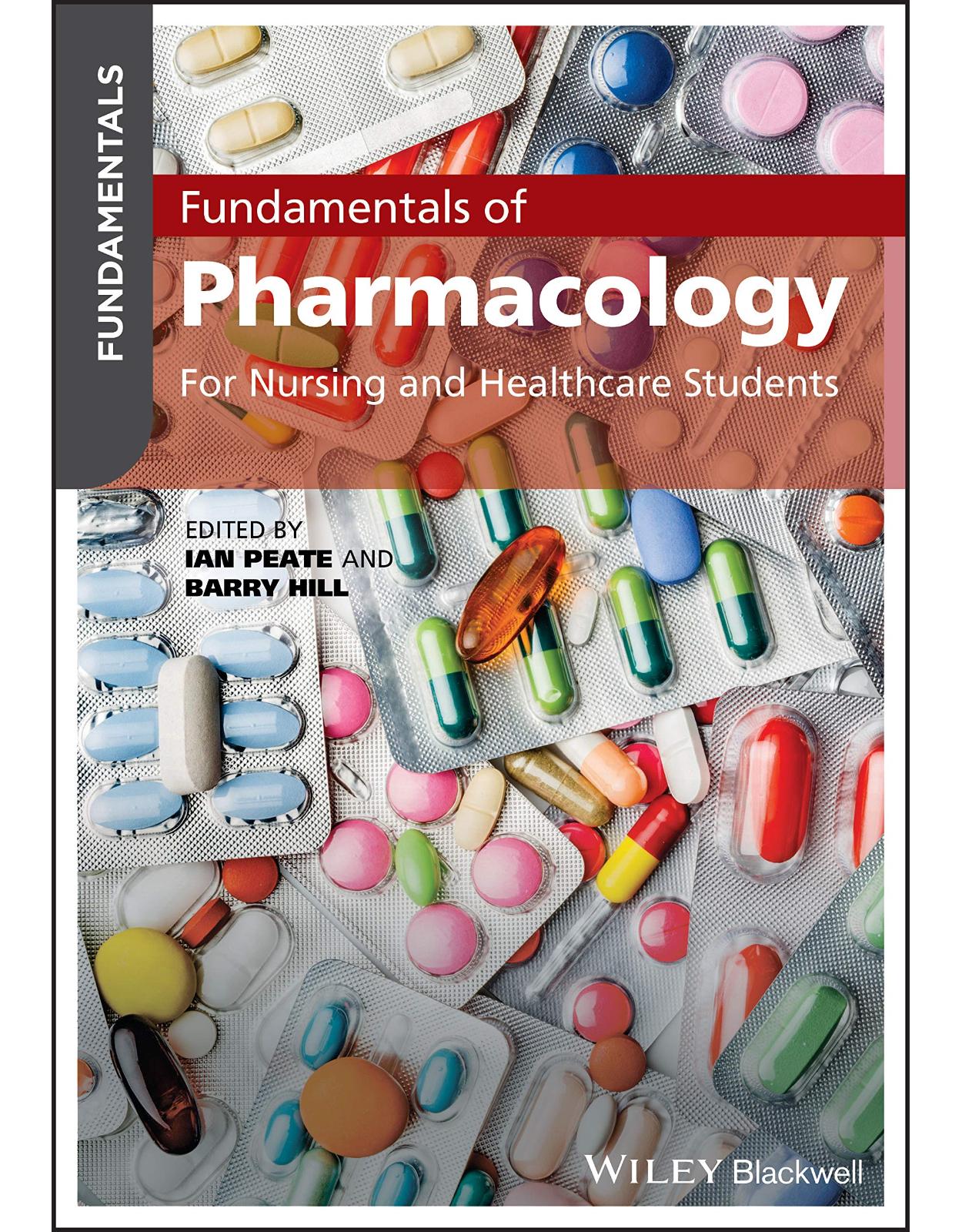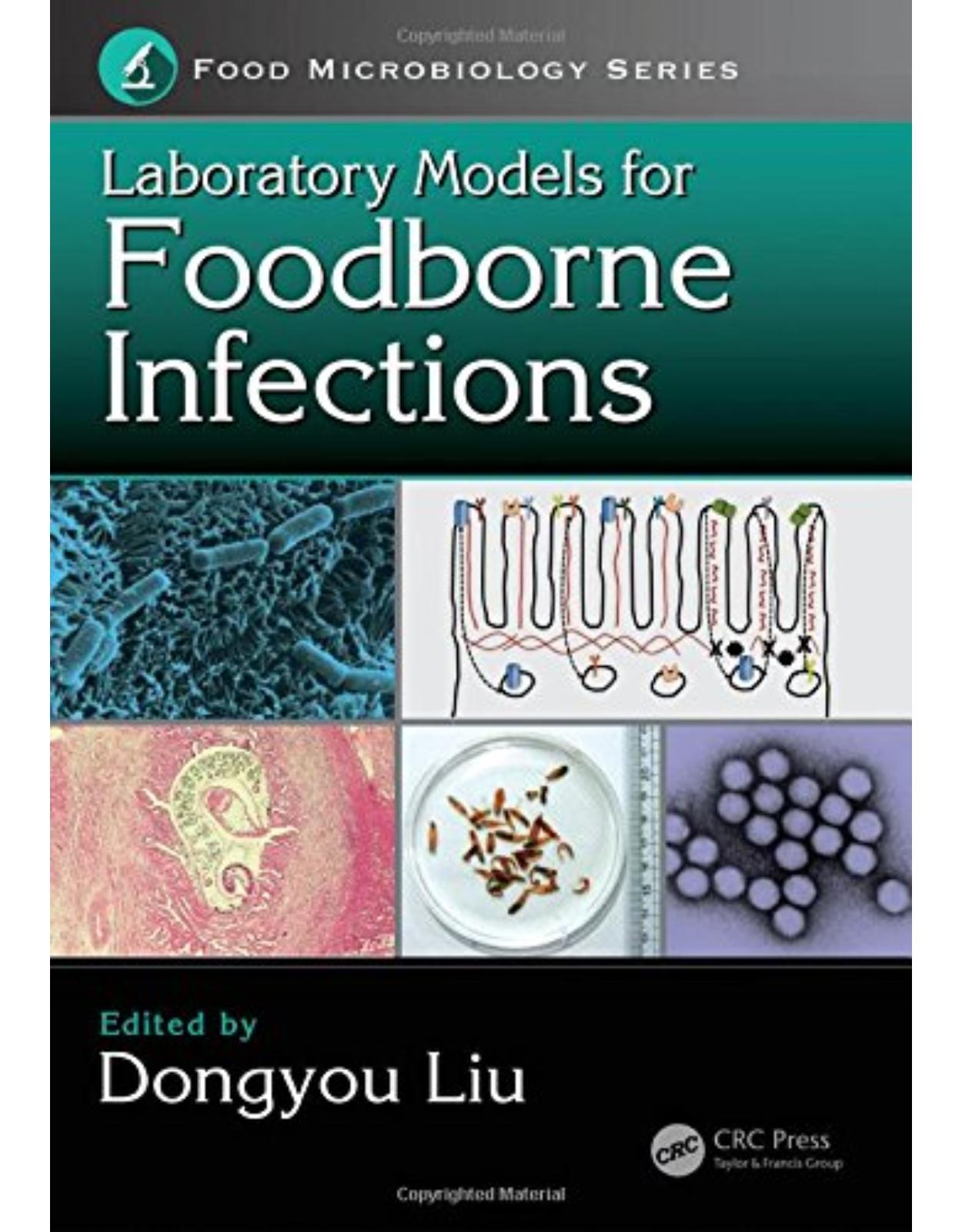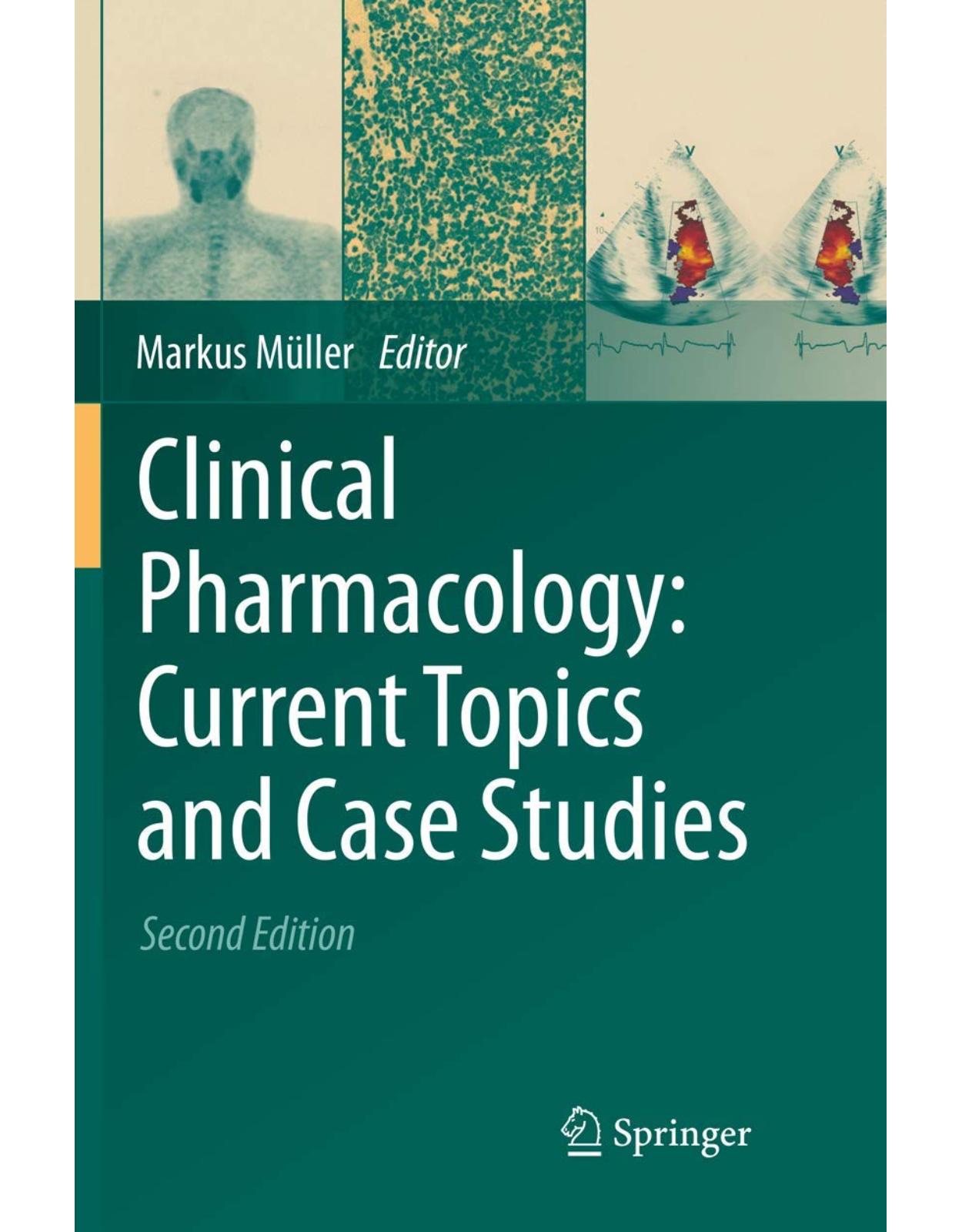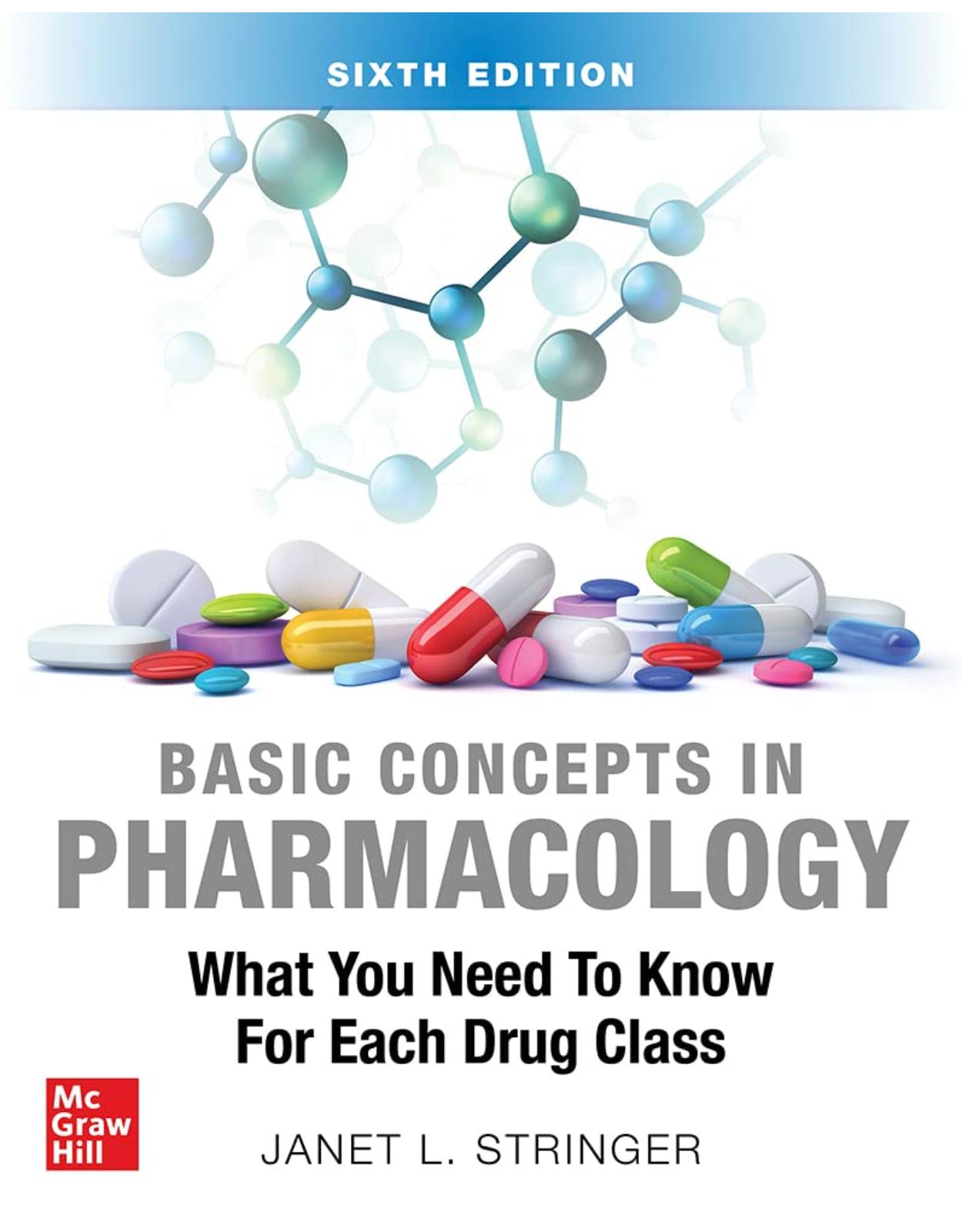
Basic Concepts in Pharmacology
Livrare gratis la comenzi peste 500 RON. Pentru celelalte comenzi livrarea este 20 RON.
Disponibilitate: La comanda in aproximativ 4 saptamani
Autor: Janet L. Stringer
Editura: McGraw-Hill
Limba: Engleza
Nr. pagini: 320
Coperta: Paperback
Dimensiuni: 9781264264841
An aparitie: Ian. 2022
Description:
The up-to-date content and proven study techniques you need to pass one of the most difficult courses in medical school Presented in a style that makes learning and retaining key information effortless, Basic Concepts in Pharmacology clearly explains each fundamental principal of drug actions. This updated edition includes the popular Trivia Sorter, which helps you understand the mechanism of action for the class of drugs and its side effects; consider if the drug is for a disorder or symptom; determine the unique features of single drugs in this class; and know the side effects and drug interactions of the class of drugs. Walking you through the learning process in a way that helps you master each concept before moving on to the next, Basic Concepts in Pharmacology encourages you to organize and condense the drug information you must remember; review key information, which is conveniently presented in boxes, tables, and illustrations; and identify the most important drugs in each class. Features • 640 photos and illustrations • Includes study techniques not found in any other such resources • Key information presented in boxes, illustrations and tables
Table of Contents:
1. WHERE TO START
PART I GENERAL PRINCIPLES
2. RECEPTOR THEORY
Agonists
Efficacy and Potency
Therapeutic Index
Antagonists
Inverse Agonists
3. ABSORPTION, DISTRIBUTION, AND CLEARANCE
First-Pass Effect
How Drugs Cross Membranes
Bioavailability
Total Body Clearance
4. PHARMACOKINETICS
Volume of Distribution
First-Order Kinetics
Zero-Order Kinetics
Steady-State Concentration
Time Needed to Reach Steady State
Loading Dose
5. DRUG METABOLISM AND RENAL ELIMINATION
Liver Metabolism
Renal Excretion
PART II DRUGS THAT AFFECT THE AUTONOMIC NERVOUS SYSTEM
6. REVIEW OF THE AUTONOMIC NERVOUS SYSTEM
Why Include This Material?
Relevant Anatomy
Synthesis, Storage, Release, and Removal of Transmitters
Receptors
General Rules of Innervation
Presynaptic Receptors
7. CHOLINERGIC AGONISTS
Organization of Class
Cholinergic Agonists
Cholinesterase Inhibitors
8. CHOLINERGIC ANTAGONISTS
Organization of Class
Muscarinic Antagonists
Ganglionic Blockers
Neuromuscular Blockers
9. ADRENERGIC AGONISTS
Organization of Class
Direct-Acting Agonists
Dopamine
Indirect-Acting Agents
Cardiovascular Effects of Norepinephrine and Epinephrine
10. ADRENERGIC ANTAGONISTS
Organization of Class
Central Blockers
α-Blockers
β-Blockers
Mixed α- and β-Blockers
PART III DRUGS THAT AFFECT THE CARDIOVASCULAR SYSTEM
11. DIURETICS
Organization of Class
Diuretics
Inhibitors of the Na+-K+-2Cl− Symport or Loop Diuretics
Inhibitors of Na+/Cl− Symport or Thiazide Diuretics
Inhibitors of Renal Epithelial Na+ Channels or K+-Sparing Diuretics
Mineralocorticoid Receptor Antagonists or Aldosterone Antagonists
Inhibitors of Carbonic Anhydrase
Osmotic Diuretics
Inhibitor of Nonspecific Cation Channel or Natriuretic Peptides—Nesiritide
12. RAS (ACE INHIBITORS AND ARBS) AND CCB (CALCIUM CHANNEL BLOCKERS)
Drugs That Interfere with the Renin-Angiotensin System
Angiotensin-Converting Enzyme Inhibitors
Angiotensin II Receptor Blockers
Direct Renin Inhibitor—Aliskiren
Calcium Channel Blockers
13. ANTIHYPERTENSIVE DRUGS
Organization of Class
Diuretics
Drugs That Interfere with the Renin-Angiotensin System
Inhibitors of the Renin-Angiotensin System
Mineralocorticoid Receptor Antagonists (MRA)
Direct Renin Inhibitor
Drugs That Decrease Peripheral Vascular Resistance
Direct Vasodilators
Sympathetic Nervous System Depressants
14. DRUGS USED IN ISCHEMIC HEART DISEASE AND CONGESTIVE HEART FAILURE
Ischemic Heart Disease
Organic Nitrates
Congestive Heart Failure
Neurohumoral Modulation
Preload Reduction
Afterload Reduction
Enhancement of Contractility
Heart Rate Reduction
SGLT2 Inhibition
15. ANTIARRHYTHMIC DRUGS
Organization of Class
Class I Drugs (Sodium Channel Blockers)
Class II Drugs (β-Blockers)
Class III Drugs (Potassium Channel Blockers)
Class IV Drugs (Calcium Channel Blockers)
Other Antiarrhythmic Drugs
Drugs That Increase Heart Rate
16. DRUGS THAT AFFECT BLOOD
Organization of Class
Antiplatelet Agents
Anticoagulants
Thrombolytic Drugs
Phosphodiesterase Inhibitors
Drugs Used in the Treatment of Anemia
Drugs for Sickle Cell Disease
17. LIPID-LOWERING DRUGS
Organization of Class
Additional Explanation of Mechanisms
PART IV DRUGS THAT ACT ON THE CENTRAL NERVOUS SYSTEM
18. DRUGS USED IN DEMENTIA
Organization of Class
Cholinesterase Inhibitors
NMDA Blocker
19. ANXIOLYTIC AND HYPNOTIC DRUGS
Tolerance and Dependence
Organization of Class
Barbiturates
Benzodiazepines
Buspirone
Drugs for Insomnia
Benzodiazepine Receptor Agonists (Z Compounds)
Melatonin Receptor Agonist
Orexin Receptor Antagonist
20. DRUGS USED IN MOOD DISORDERS
Organization of Antidepressants
Serotonin-Specific Reuptake Inhibitors
Serotonin/Norepinephrine Reuptake Inhibitors (SNRI)
Heterocyclics/TCAs
Monoamine Oxidase Inhibitors
Other Antidepressants
Drugs Used in Bipolar Disorder
21. DRUGS USED IN THOUGHT DISORDERS
Organization of Class
Typical Antipsychotics (First Generation)
Serotonin-Dopamine Antagonists (Second Generation)
Neuroleptic Malignant Syndrome
22. DRUGS FOR MOVEMENT DISORDERS
Therapy for Parkinson Disease
Dopamine Replacement Therapy
Dopamine Agonist Therapy
Anticholinergic Therapy
Therapy for ALS and MS
Therapy for Duchenne Muscular Dystrophy and Spinal Muscular Atrophy
23. DRUGS FOR SEIZURE DISORDERS
Organization of Class
Important Details about the Most Important Drugs
Other Drugs to Consider
24. NARCOTICS (OPIATES)
Organization of Class
Actions of Morphine and the Other Agonists
Distinguishing Features of Some Agonists
Opioid Antagonists
Opioid Agonist-Antagonists
25. GENERAL ANESTHETICS
Organization of Class
Uptake and Distribution of Inhalational Anesthetics
Elimination of Inhalational Anesthetics
Potency of General Anesthetics
Specific Gases and Volatile Liquids
Specific Intravenous Agents
26. LOCAL ANESTHETICS
Organization of Class
Mechanism of Action
Special Features about Individual Agents
PART V CHEMOTHERAPEUTIC AGENTS
27. INTRODUCTION TO CHEMOTHERAPY
Approach to the Antimicrobials
General Principles of Therapy
Definitions
Important Concepts to Understand
Classification of Antimicrobials
28. INHIBITORS OF CELL WALL SYNTHESIS
General Features
β-Lactams
Penicillins
Cephalosporins
Carbapenems
Monobactams (Aztreonam)
Other Inhibitors of Cell Wall Synthesis
Glycopeptides
Bacitracin
Fosfomycin
Daptomycin
29. PROTEIN SYNTHESIS INHIBITORS
General Features
Aminoglycosides
Tetracyclines
Macrolides
Streptogramins and Oxazolidinones
Chloramphenicol
Clindamycin
30. FOLATE ANTAGONISTS
Mechanism of Action
Selected Features
31. QUINOLONES AND URINARY TRACT ANTISEPTICS
Drugs in This Group
Quinolones
Methenamine
32. DRUGS USED IN TUBERCULOSIS AND LEPROSY
Organization of Class
Isoniazid
Rifampin
Pyrazinamide
Ethambutol
Dapsone
33. ANTIFUNGAL DRUGS
Organization of Class
Azole Antifungals
Polyene Antifungals
Echinocandins
Fungal Protein Inhibitors
34. ANTHELMINTIC DRUGS
Organization of Class
Drugs Used against Cestodes and Trematodes
Drugs Used against Nematodes
Drugs Used against Filaria
35. ANTIVIRAL DRUGS
Organization of Class
Anti-HIV Drugs
Drugs Used in Influenza (RNA Virus)
Drugs Used in Hepatitis B and C
Other Antivirals
36. ANTIPROTOZOAL DRUGS
Organization of Class
Metronidazole
Antimalarial Agents
Therapeutic Considerations
Special Features
37. ANTICANCER DRUGS
Organization of Class
Terminology and General Principles of Therapy
Adverse Effects
Cytotoxic Drugs
Alkylating Agents
Antimetabolites
Antibiotics and Other Natural Products
Other Cytotoxic Drugs
Hormonal Agents
Pathway-Targeted Therapies
Growth Factors and Receptors
Intracellular Kinases
Angiogenesis
Other Targets
Miscellaneous Agents
PART VI DRUGS THAT AFFECT THE ENDOCRINE SYSTEM
38. ADRENOCORTICAL HORMONES
Organization of Class
Glucocorticoids
Mineralocorticoids
Inhibitors of Adrenocorticoid Synthesis
39. SEX STEROIDS
Organization of Class
Estrogens
Antiestrogens
Progestins
Antiprogestins
Oral Contraceptives
Androgens
Antiandrogens
GnRH Agonists and Antagonists
PDE5 Inhibitors
40. THYROID AND PARATHYROID DRUGS
Organization of Class
Thyroid Replacement Therapy
Drugs That Are Thyroid Downers
Parathyroid Drugs
41. INSULIN, GLUCAGON, AND ORAL HYPOGLYCEMIC DRUGS
Organization of Class
Insulins
Oral Hypoglycemic Agents
Stimulation of Insulin Release
Decrease Production of Glucose
Increase Sensitivity of Tissues to What Insulin Is Available
Reduce Absorption of Glucose
Increase Elimination of Glucose
PART VII MISCELLANEOUS DRUGS
42. HISTAMINE AND ANTIHISTAMINES
Organization of Class
H1 Receptor Antagonists
43. RESPIRATORY DRUGS
Organization of Class
Bronchodilators
β-Agonists
Cholinergic Antagonists
Methylxanthines
Anti-Inflammatory Drugs
Inhaled Corticosteroids
PDE-4 Inhibitor
Other Approaches
Leukotriene Modifiers
Anti-IgE therapy
Other Biologics and Cromolyn
Pulmonary Hypertension
Cystic Fibrosis
44. DRUGS THAT AFFECT THE GI TRACT
Organization of Class
Drugs That Act in the Upper GI Tract
Drugs That Act in the Lower GI Tract
Inflammatory Bowel Disease
45. NONNARCOTIC ANALGESICS AND ANTI-INFLAMMATORY DRUGS
Organization of Class
Nonsteroidal Anti-Inflammatory Drugs
COX-2 Inhibitors
Salicylates, Including Aspirin
Acetaminophen
Other Drugs for Arthritis
Antigout Agents
Drugs Used in the Treatment of Headaches
46. IMMUNOSUPPRESSIVES
Organization of Class
Calcineurin Inhibitors
Proliferation Signal Inhibitors
Other Immunosupressants
Biologics for Transplantation
47. DRUGS USED IN OSTEOPOROSIS
Organization of Class
Bisphosphonates
Denosumab
Parathyroid Hormone
Selective Estrogen Receptor Modulators
Calcitonin
Sclerostin Inhibitor
48. TOXICOLOGY AND POISONING
Principles of Toxicology
General Principles in the Treatment of Poisoning
Specific Antidotes
Index
| An aparitie | Ian. 2022 |
| Autor | Janet L. Stringer |
| Dimensiuni | 9781264264841 |
| Editura | McGraw-Hill |
| Format | Paperback |
| ISBN | 9781264264841 |
| Limba | Engleza |
| Nr pag | 320 |

